Near the capital of Mexico, Mexico City, lies one of the most important prehistoric ruin metropolises of the American continents – Teotihuacán. Nothing is known about the original builders, as this civilization probably only knew a spoken but not a written language. The current state of archaeology assumes that the ruine metropolis was inhabited from about 600 years BC.
Later, around 750 AD, the city was abandoned and finally the Aztecs found it as a ruine city. Thus, the ruins were taken over by the Aztecs, modified and converted to their purposes. Accordingly, the original meanings and uses can only be guessed at, often diluted by Aztec usage in the meantime.
For us, the whole area is very impressive, as the sheer size of the two great pyramids, the Pyramid of the Sun and the Pyramid of the Moon, is overwhelming. In the middle of the archaeological excavation zone stretches the Road of the Dead. For about 2.5 km this main axis of the former city extends in its present restored state. However, the effective end of the road has not been found yet. Besides, the whole original city area is about 20 square kilometers. So, it is already an extremely impressive achievement of the prehistoric civilizations that were at work here.
Pyramid of the Sun
The Pyramid of the Sun is by far the largest step pyramid in Teotihuacán. Still, it is about 65m high and could be climbed by visitors until a few years ago. Unfortunately, this experience was denied to us. We would have liked to see the view over the structures from this height. In general, the sides of the Street of the Dead are lined with smaller stepped structures to give an impression of the former cityscape.
Pyramid of the Moon
The Pyramid of the Moon also has considerable dimensions, although not quite as large as the Pyramid of the Sun. But it is still 46m high and is also built as a step pyramid. Additionally, under the moon pyramid chambers with human remains were found, but this does not make the interpretation of the structure much clearer. As with all these structures in Teotihuacán, the original meaning and use can only be anticipated.
Temple of the Quetzalcóatl
the temple of Quetzalcóatl impresses us not by the physical dimensions but by the head sculptures on its front side. All the buildings we have seen so far in Teotihuacán were very plain, probably due to the weathering of the original facades. Many facades were probably covered with a kind of plaster and decorated with paintings. At the temple of Quetzalcóatl, beautiful head sculptures were found on the front and were assumingly restored. This makes the appearance of this smaller step pyramid at least as special as the larger examples at this site.
Other useful info
In addition to these large structures, there are various smaller ruins such as the Jaguar Palace, Plaza Oeste or the Edificio Superpuestos that can be admired, as well as the museum to the site. Everything is arranged along the main axis, the Road of Death.
However, there is no shade in the entire area and therefore a sun hat and sunscreen is highly recommended! And although there are a lot of souvenir vendors, water is only sold at the three entrances.
At 90 pesos entrance fee per person, the visit costs about the same as other archaeological sites we’ve already visited, which is a pleasant surprise, as such well-known sites often cost more in other parts of the world.
In the high season you can do a hot air balloon tour over the pyramids. It’s especially popular at sunrise. Now in the off-season (rainy season) we didn’t spot a single balloon, but maybe we just got up too late. With about 150-200 CHF per person, depending on whether in a group or a private flight, the experience can be booked with various providers.
Conclusion of the visit to Teotihuacán
We were impressed by the visit to Teotihuacán despite the simplicity of most of the buildings. The overwhelming size of the buildings from prehistoric times still makes us wonder how and for what purpose the buildings were originally erected. These questions probably occupy not only us, but also the archaeologists who are still involved in further research work here. The only downer is that tourists are no longer allowed to go up the great pyramids and enter some underground passages. That would have made the experience even better for us. And what is always the case at these places: The whole area, not only the different entrances, were littered with souvenir dealers. So not a single moment passes without an obsidian sculpture, animal whistle or other articles being advertised. After a friendly no, however, we are always left alone, this is much better in contrast to Asia or Arab countries, where we had to insist on our no much more.
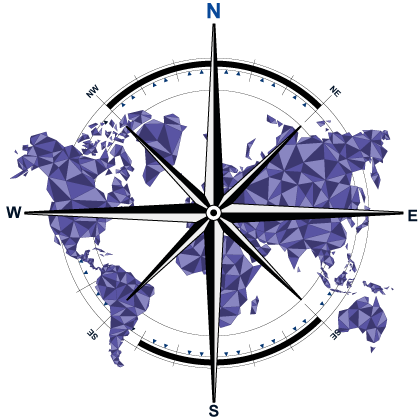














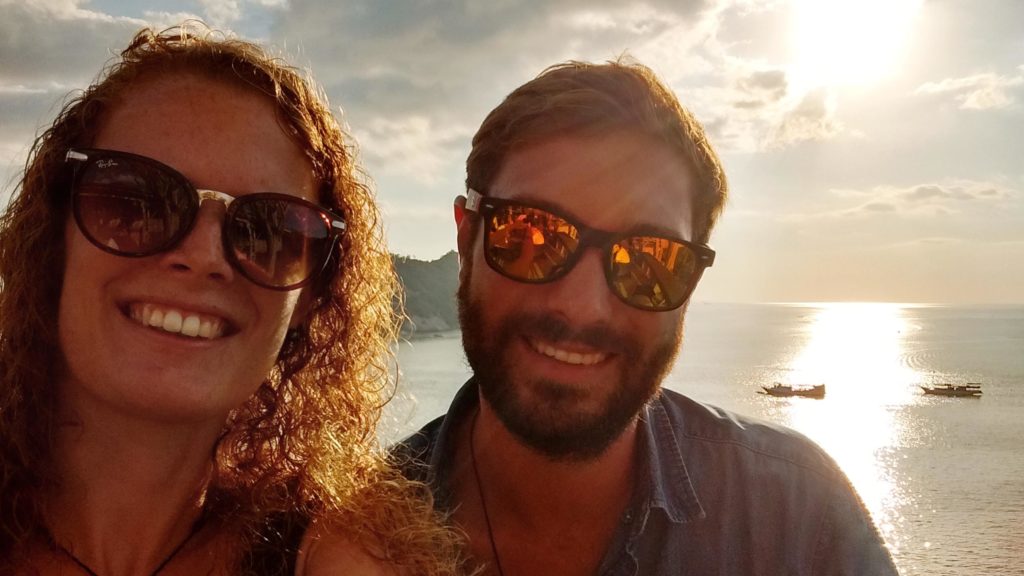
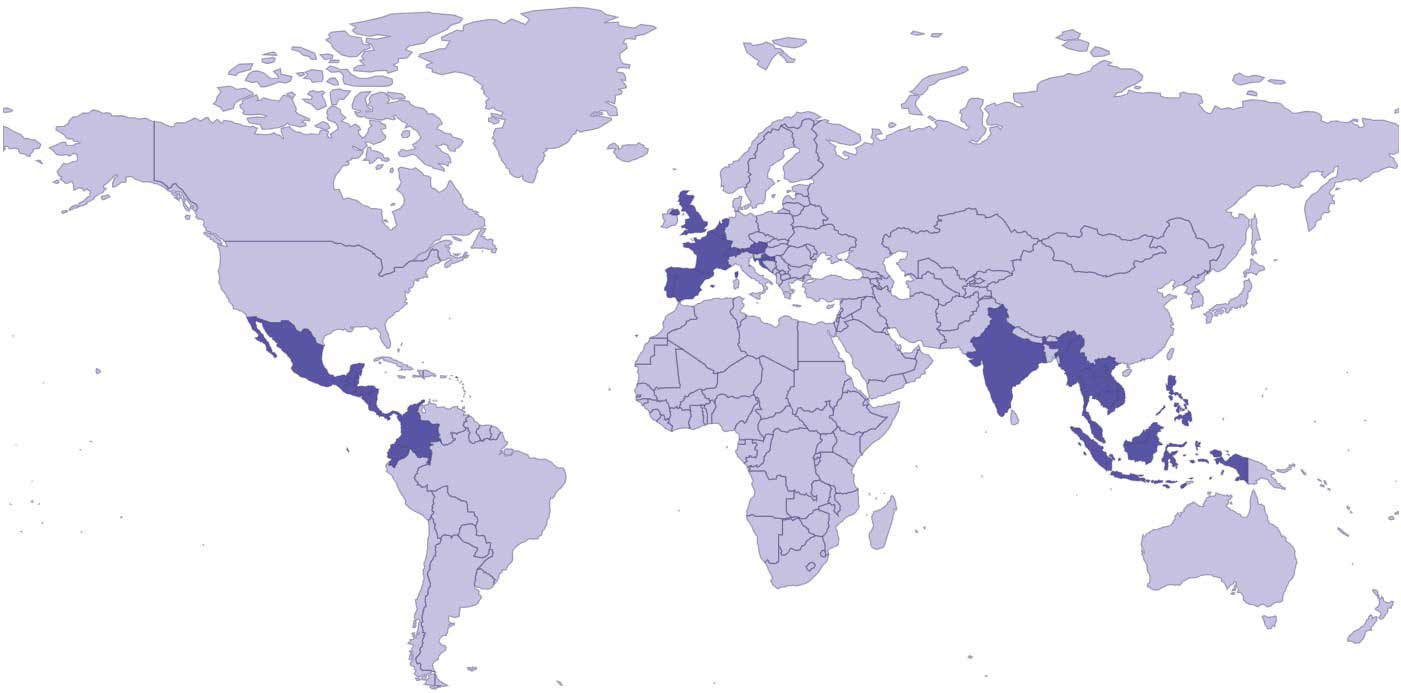
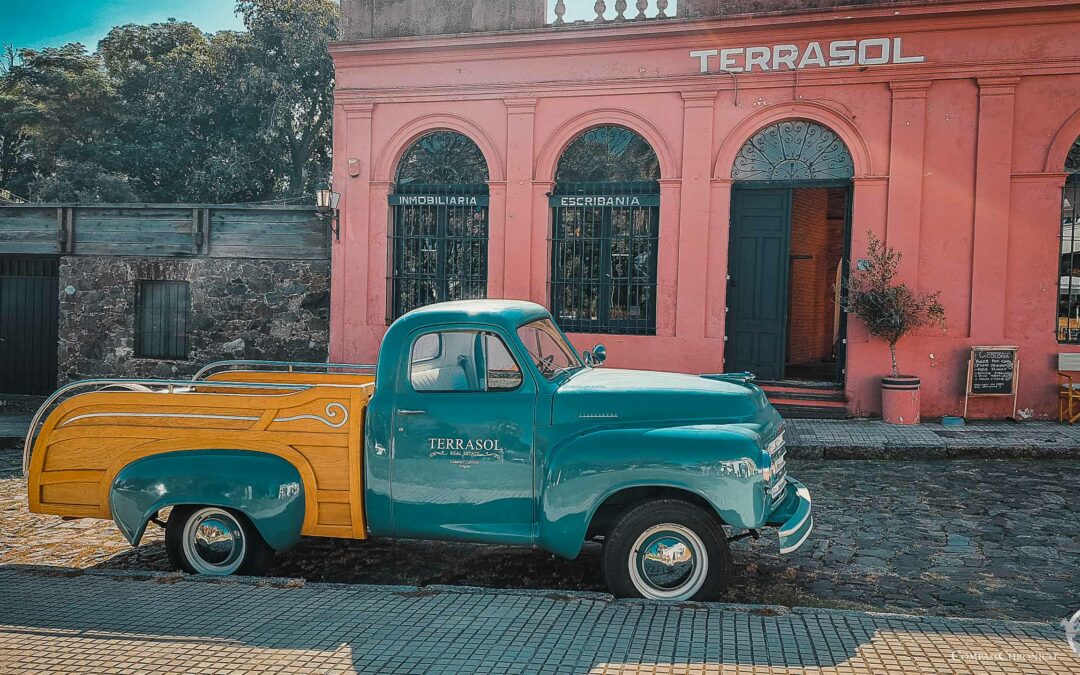
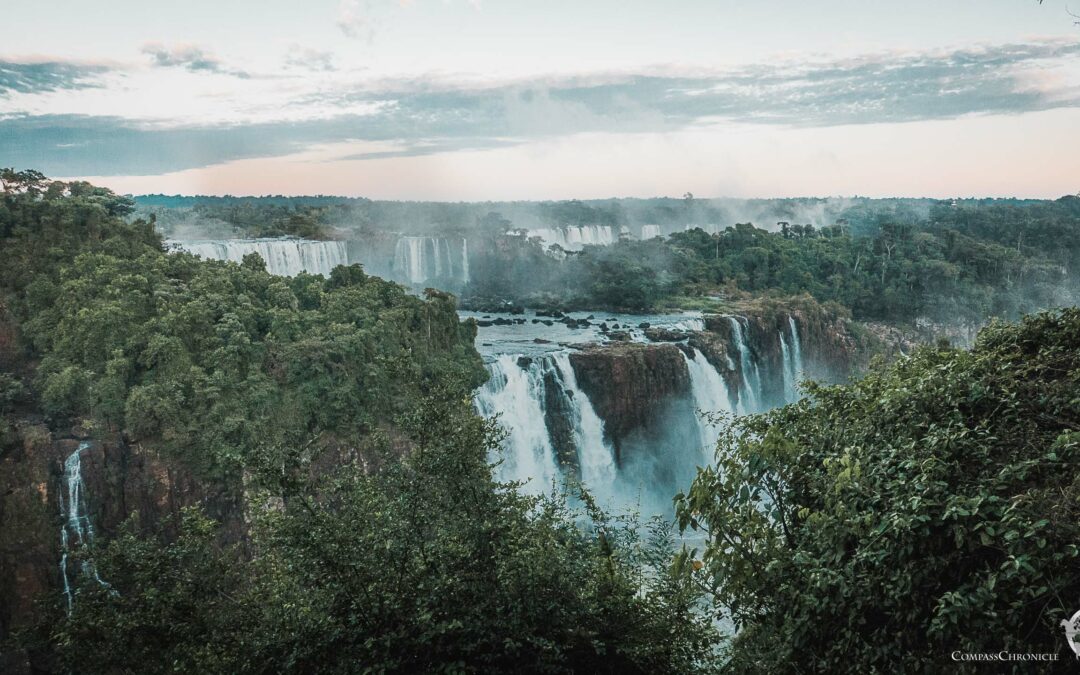

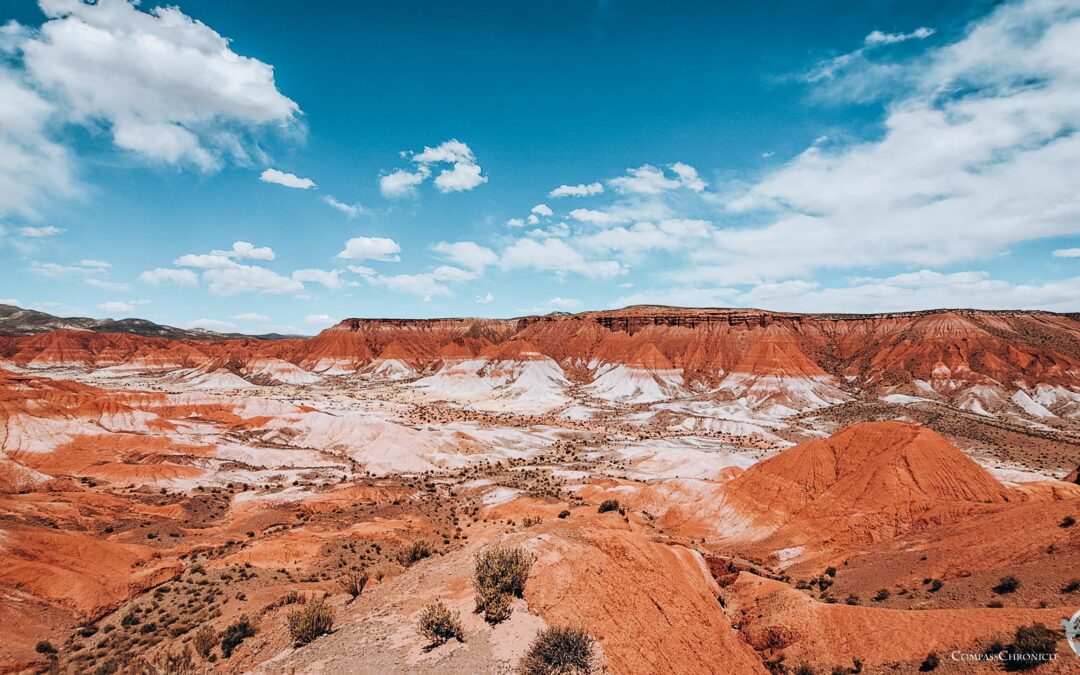
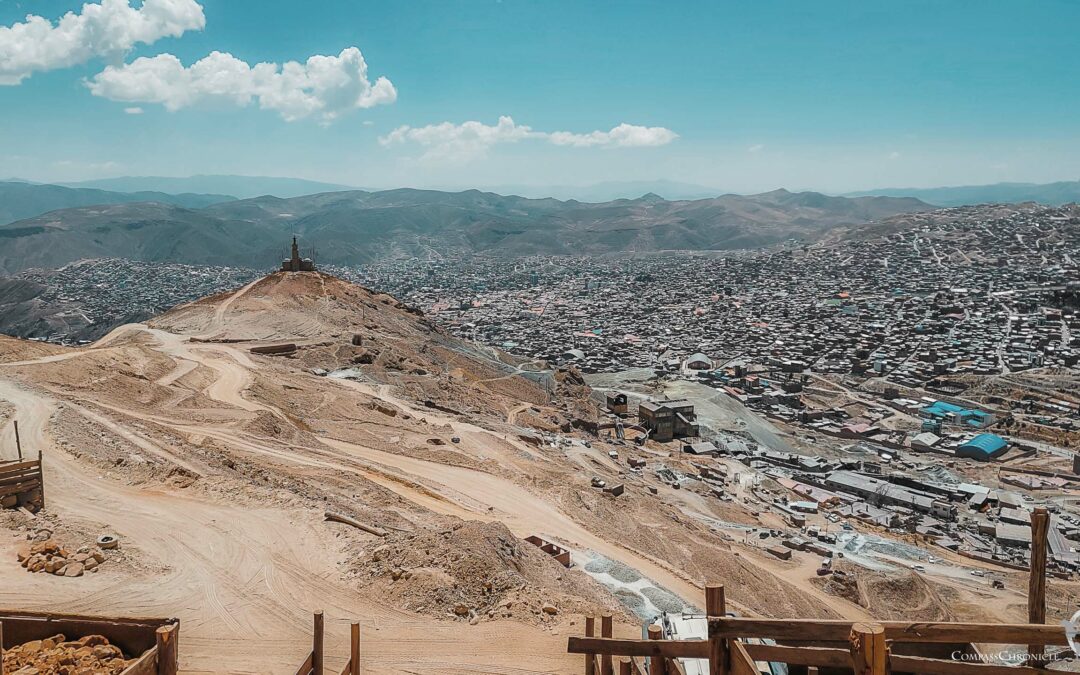
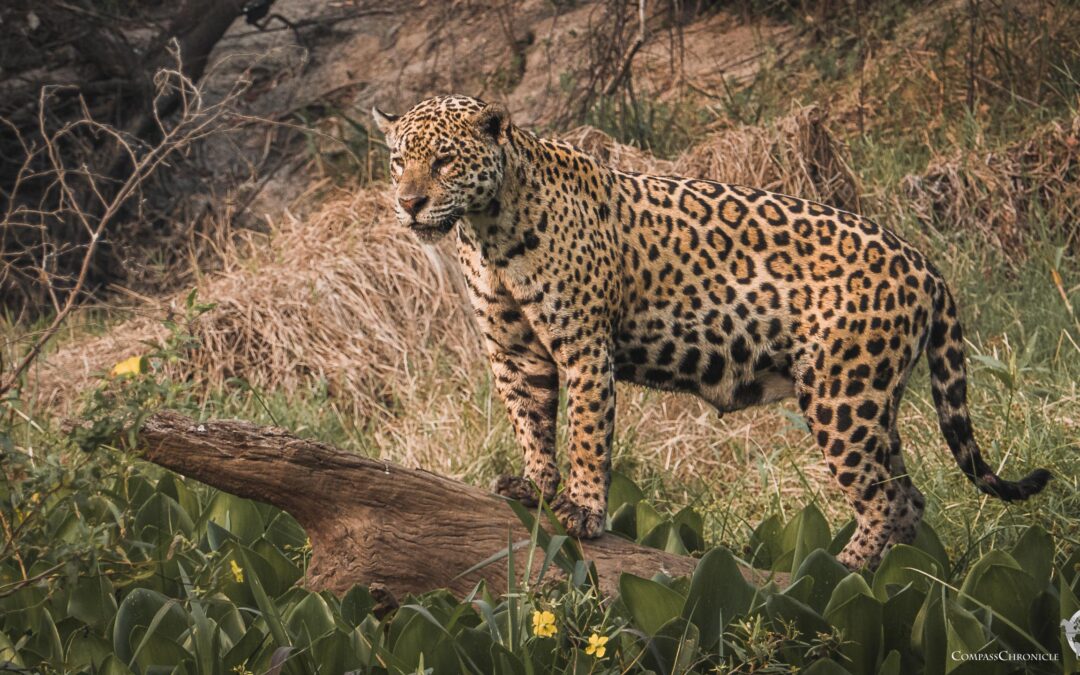
0 Comments